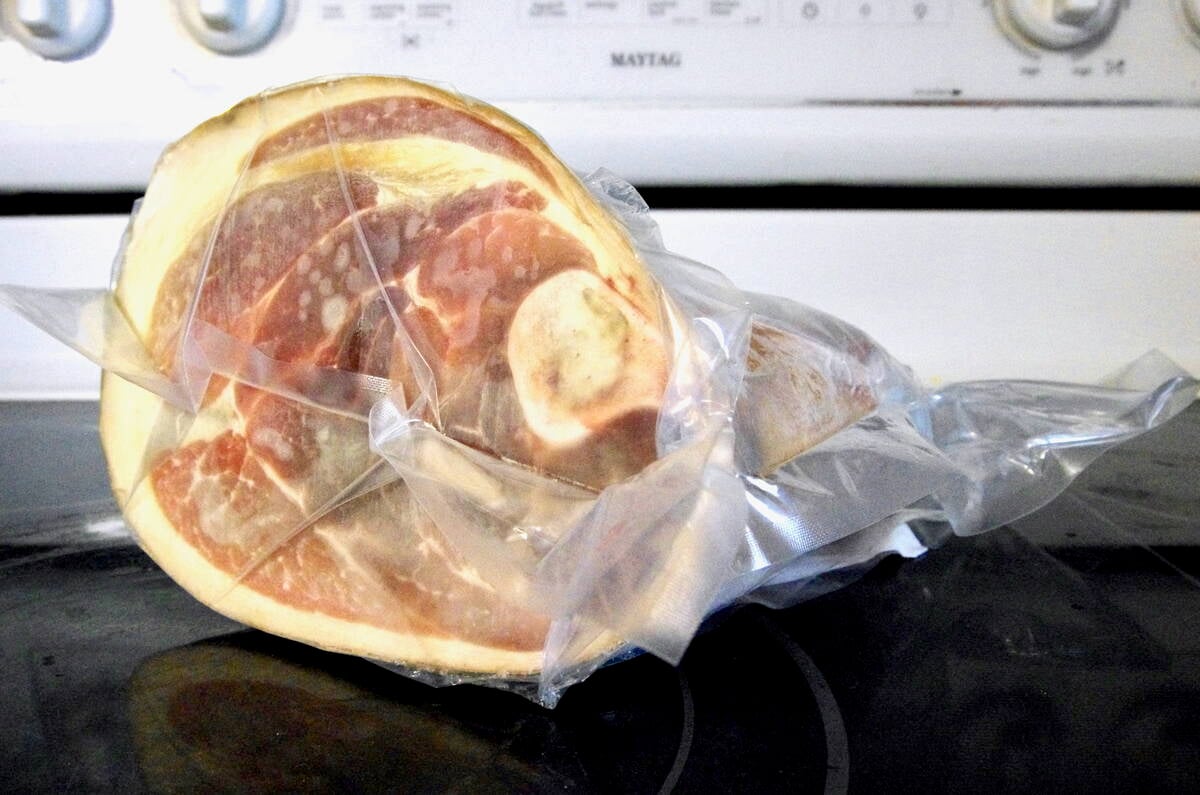Price-depressing and trade-distorting subsidies in the United States and elsewhere, rather than Canadian Wheat Board practices, are the real threat to farm incomes, CWB minister Ralph Goodale said May 14 in an attack on a U.S. challenge of the wheat board.
He told the Senate foreign affairs committee that American complaints against the board are based on myths and lies.
“Rather than hammering away at Canada, the U.S. government would be far more successful and appropriate to join forces with Canada in tackling the issue of gross subsidization, improving markets to farmers everywhere.”
Read Also

Trade war may create Canadian economic opportunities
Canada’s current tariff woes could open chances for long-term economic growth and a stronger Canadian economy, consultant says — It’s happened before.
Goodale appeared before the Senate committee studying North American trade relations to respond to a U.S. decision to impose interim countervail duties on Canadian wheat and durum being shipped south. At the same time, the Americans are continuing anti-dumping investigations and launching a case against the CWB at the World Trade Organization.
A senior U.S. commerce department official recently called the single desk selling system used by the wheat board an antiquated system that must be challenged.
The CWB is the sole seller of western Canadian wheat and barley exports.
Goodale said the latest U.S. challenge is a political case motivated by American rumours and assumptions that Canadian wheat is subsidized and dumped into the American market at prices less than production costs by a secretive state trading agency. The result is a “flood” of Canadian grain going south while none is allowed to flow north.
He said the allegation is wrong on every count. There are no subsidies, the board sells at premium prices, it is more investigated and scrutinized than any of its private sector competitors and it does not send much grain south.
Compared to its 65 million-tonne grain production, the U.S. imports a small amount of Canadian grain, less than two million tonnes annually.
“You could not fairly describe this small Canadian volume as any kind of a flood or avalanche as some have alleged,” said Goodale. “It is a modest volume and it moves in response to the normal ebbs and flows of actual U.S. demand.”
On the other side of the ledger, Canadians buy $220 worth of American food products per capita each year compared to $30 worth of Canadian food products bought each year on a per capita basis in the U.S.














